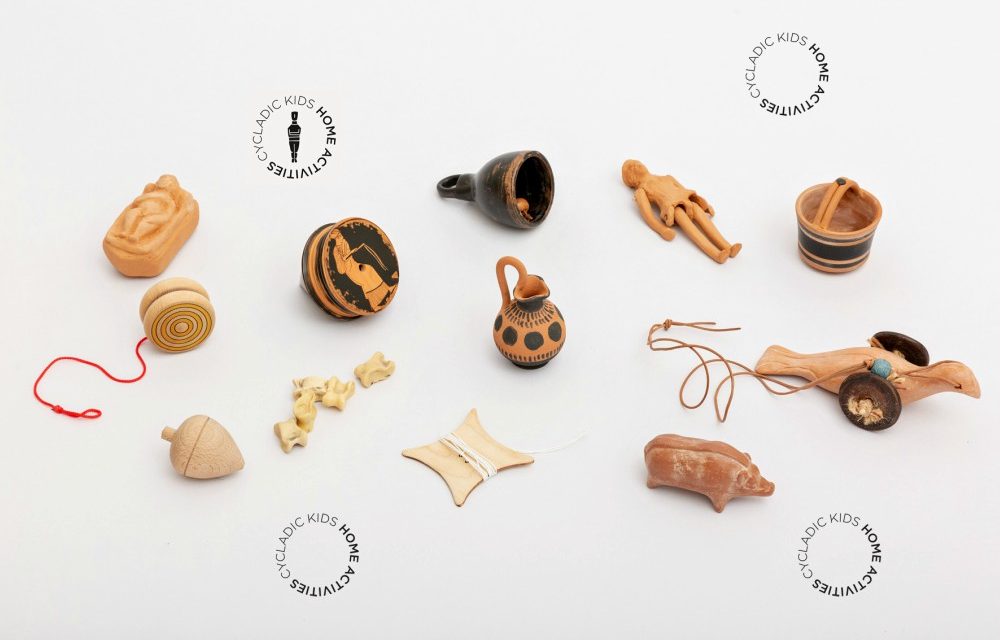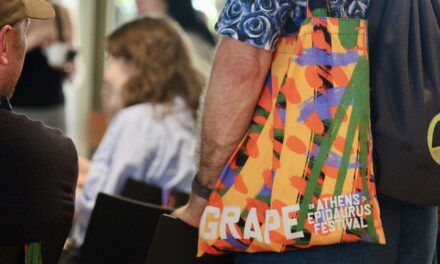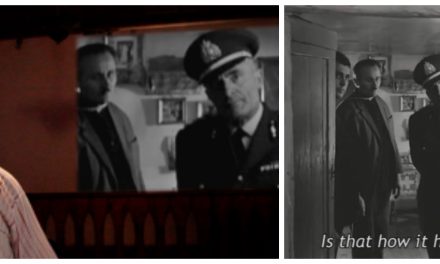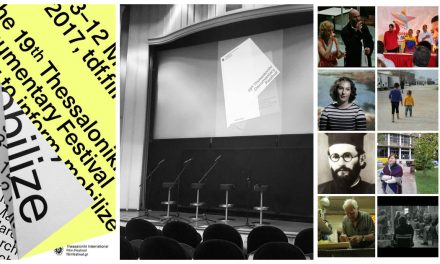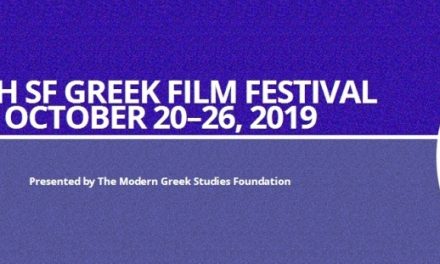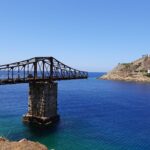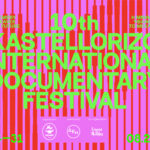You don’t have to leave your living room to get a taste of the rich cultural treasures kept in the Museum of Cycladic Art (MCA) in Athens; through its official website, MCA offers a series of online “home activities”, featuring videos from previous exhibitions, games and activities for kids, digital collections and educational courses.
Explore the collection
You can explore the collection of the Museum online: thanks to MCA’s digitisation, you can admire dozens of exhibits, learning about the materials, forms, colours and use of each rare artefact from the permanent collections. By clicking on the photograph of each object you can find out what it is made of, its dimensions, its estimated date of fabrication, the culture and period to which it belongs, and also read a detailed description explaining its use, significance and cultural importance.
You can also find special features based on material from past temporary exhibitions, such as Orphic Hymn to Hygieia, a feature on “Health, Illness, Treatment from Homer to Galen”, with information on the way Ancient Greeks perceived and treated the issues of health, illness, theurgic and scientific medicine etc.
Video gallery
You can browse through MCA’s past periodical exhibitions thanks to videos of artists’ interviews, curators’ commentaries, lectures, virtual tours, backstage footage and many more presentations and other educational material, all of which have been uploaded to the museums’ official YouTube account.
The videos available also include short films that constitute works of art themselves, such as “C – A video sculpture by Georgis Grigorakis“, a work produced by MCA and Haos Film: directed by Georgis Grigorakis, it is inspired by Cycladic Art, especially female marble statues, the most representative objects of the Cycladic Civilisation, and it “explores the relationship between the artist and their creation, stillness and movement, and between ancient and modern, surrounded by the hyper-real seascapes of the Aegean”.
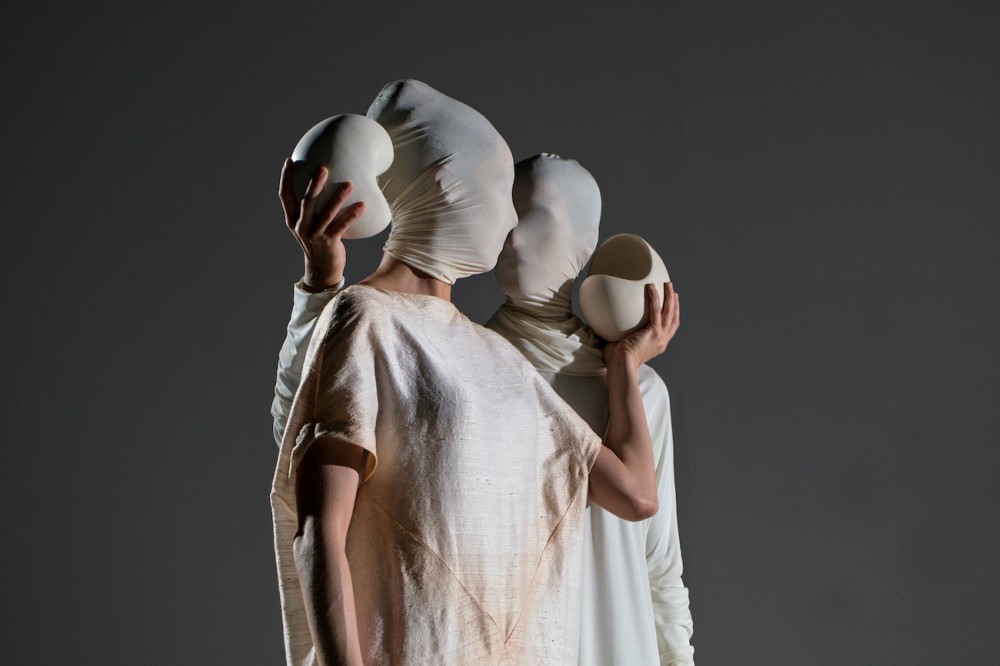 Still taken from C – A video sculpture by Georgis Grigorakis (ΜCA and Haos Film)
Still taken from C – A video sculpture by Georgis Grigorakis (ΜCA and Haos Film)
Playing at home
Based on MCA’s digital collections, “Playing at home” activities help children discover a lot about the toys that used to entertain children in Ancient Greece, and how much many of those had in common with the ones used by children in modern times. Rattles, dolls, wheeled toys, clay animals, balls and wooden horses are just some examples of this. But kids can also discover group games, which they can play at home with their siblings, as well as puzzles and riddles. They can also learn how to craft jewelry, ornaments, ribbons and hats from simple household materials.
Archaeology courses
You can learn more about Cycladic, Ancient Greek and Cypriot Culture through texts and photographic material based on MCA’s collection. “Archaeology courses” introduces online visitors to Cycladic antiquity’s history and art, familiarising them with various aspects of these subjects: from raw materials and tools in creating artefacts, to funerary customs, athletics or the expansion of Ancient Greek colonies.
You can stay tuned to MCA’s social media platforms for updates on new online activities.
History of the Museum
Τhe Museum of Cycladic Art is dedicated to the study and promotion of ancient cultures of the Aegean and Cyprus, with special emphasis on Cycladic Art of the 3rd millennium BC. It was founded in 1986, to house the collection of Nicholas and Dolly Goulandris. Since then it has grown in size to accommodate new acquisitions, obtained either through direct purchases or through donations by important collectors and institutions.
The three major collections of the MCA (Cycladic Culture, Ancient Greek Art, Cypriot Culture) have been formed through generous donations by important collectors, public and private institutions, as well as anonymous donators; over 3,000 artefacts are on display on four floors. The museum’s Cycladic art collections is one of the most complete private collections of its kind worldwide, with representative examples of figurines and vases, tools, weapons, and pottery from all phases of the distinctive Cycladic island culture that flourished in the central Aegean during the Early Bronze Age.
Also read via Greek News Agenda: Country names of Greek origin; Pavlopetri: The Oldest Submerged City in the World; Underwater excavation at the historic Mentor wreck site (Kythera, 1802); The ancient city of Oeniadae; “Fiscardo wreck” in Kefalonia: The largest Roman shipwreck in the eastern Mediterranean
N.M.
TAGS: ARCHEOLOGY | ARTS | TOURISM

